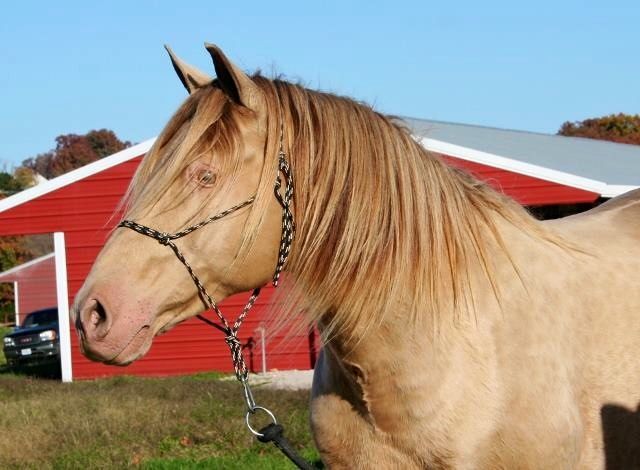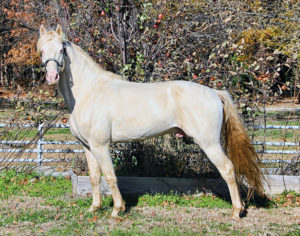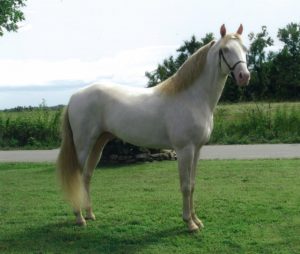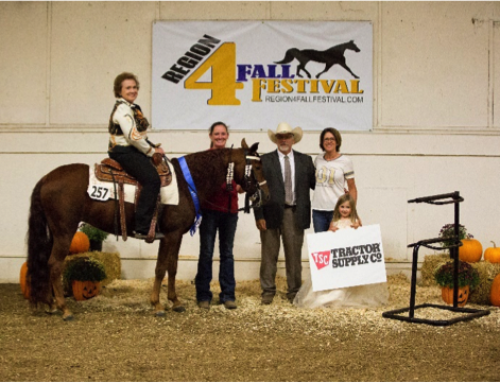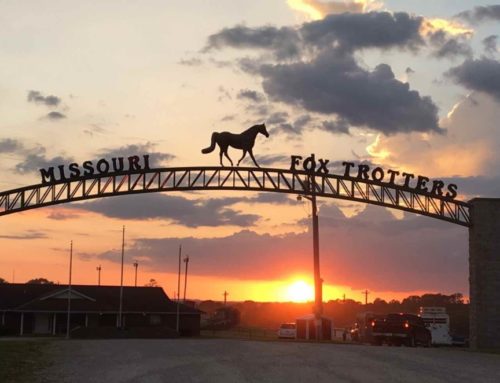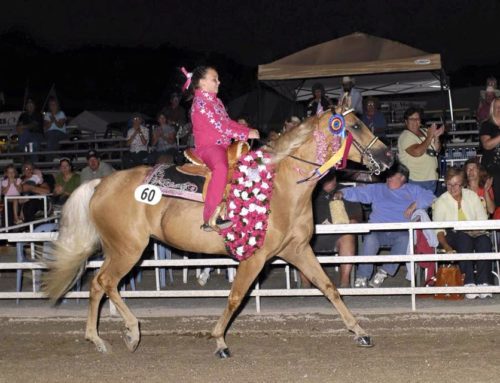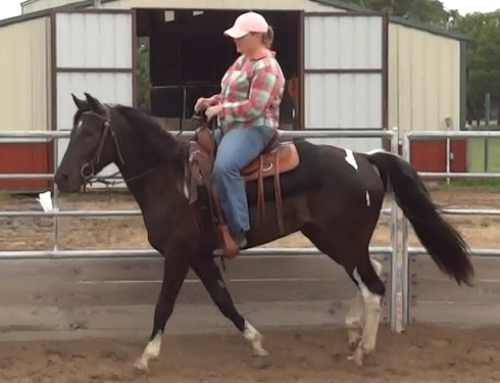To understand coat color, one must understand the basics of inheritance. A foal receives half of its genetic color material from its dam and half from its sire. The color traits expressed by the foal depend on which genes are dominant or recessive and how many copies of each it gets. Dominant genes require only one copy to be expressed. The foal may have one copy of the gene (heterozygous) or two copies (homozygous). Recessive genes require two copies to be expressed (homozygous). Horses that have one copy of a recessive gene (heterozygous) will not express it but can pass it on to an offspring.
Genetic analysis (DNA) is the only way to accurately determine the color genes a horse possesses. This is called the genotype. The horse’s external appearance is called the phenotype. The difference between these two concepts explains why many horse colors were incorrectly registered over the years. Science now understands that color is complex and often is based on more than one genetic factor.
When discussing coat color, there are three areas to analyze. They are the base coat colors (black, red or bay), the dilution factors that change the shade of the base coat color and the patterns that remove pigment and produce white hair. All of these factors combine together to give us the wide variations of colors and markings that we see today.

